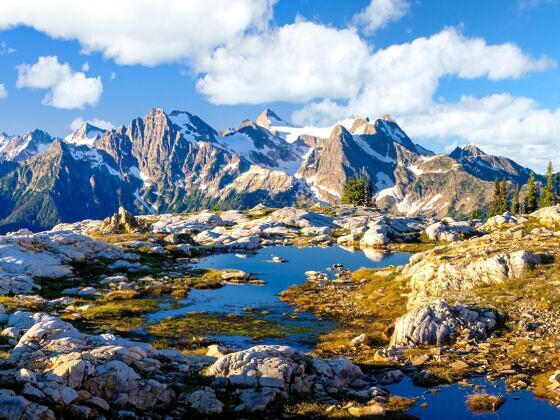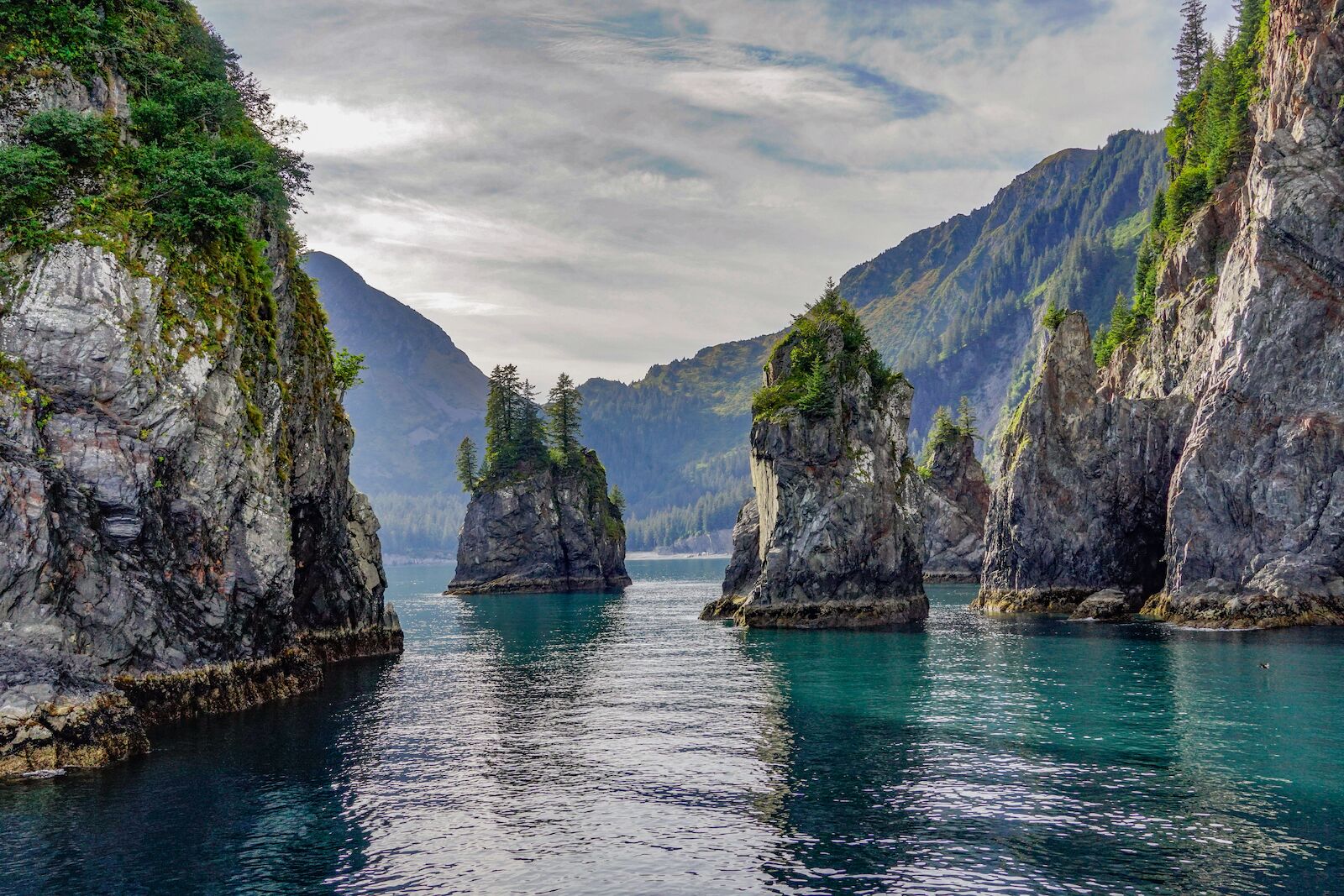Historian Wallace Stegner famously said that preserving sacred natural spaces as national parks was America’s “best idea.” The second-best idea, then, is to visit those parks. Which to prioritize depends on factors like time of year, your location, and your preferred manner of outdoor recreation. With 63 parks to choose from, narrowing it down to one or two to visit is a process in itself – fortunately, a new data-backed ranking from trip-planning site Travel Lemming breaks down where each park stands based on a variety of factors.
Meg O’Connor, one of the authors of the ranking and a data scientist by trade, broke down the data points and why they’re so important when plotting your journey.
“Most travelers have heard of the major parks, like Grand Canyon and Yosemite,” O’Connor told Matador. “Our list can draw attention to the hidden gems that would require a bit more effort to find.”



